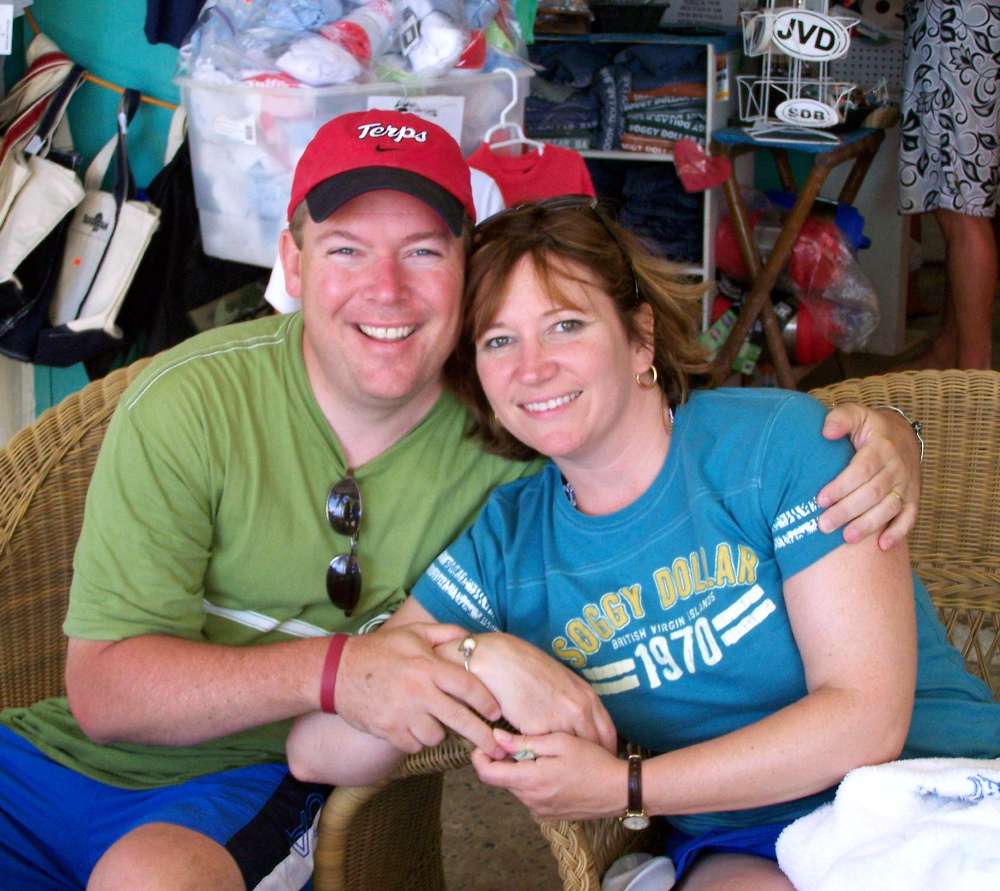Brothers create computer data sifter
By Carolyn Y. Johnson
Globe Staff
December 15, 2011

Photo Credit: Chie Yu Lin, courtesy of Pardis Sabeti
Brothers David, right, and Yakir, left, Reshef developed the new
statistical tools under the guidance of professors from Harvard
University and the Broad Institute.
It is an unusual starting point for a high-profile paper in a leading science journal: Two brothers, students a year apart at universities down the Charles River from one another, decide to work together on a summer project. The research unfolds through ideas scribbled on the walls of a laboratory, insights gained during downtime working as an emergency medical technician, and brainstorms shared at a fraternity house in Boston.
Yesterday, the influential journal Science published the fruits of that labor: the creation of a powerful computer program that rapidly flags patterns and identifies correlations in huge databases, from sports statistics to online social networks to the genomes being churned out by science laboratories.
While it is rare for two brothers in their mid-20s to share credit as the lead authors of a paper, the achievement demonstrates how creativity often arises from the back-and-forth of a team, in this case, David and Yakir Reshef, who have been collaborating since childhood.
“I think, in some sense, David and I have been
roping each other into things for our entire lives,’’ said Yakir, 24 and
a Fulbright scholar at the Weizmann Institute of Science in Israel.
“We just wanted a simple way to figure out what was in the data sets,’’ said David, 25, who is pursuing a dual degree in the Harvard-MIT Division of Health Sciences and Technology. “At first we thought we would go find some methods that existed. It turned out to be a much more complicated question to answer.’’
To read the entire article, click here: Boston Globe Article
As the amount of data that comes out of the lab increases, so does
the time it takes to analyze it. Yakir Reshef and his
brother David and have developed an algorithm that will allow
researchers to comb through vast amounts of data to find results they
may not have otherwise noticed.
WLMS Pride!


















No comments:
Post a Comment